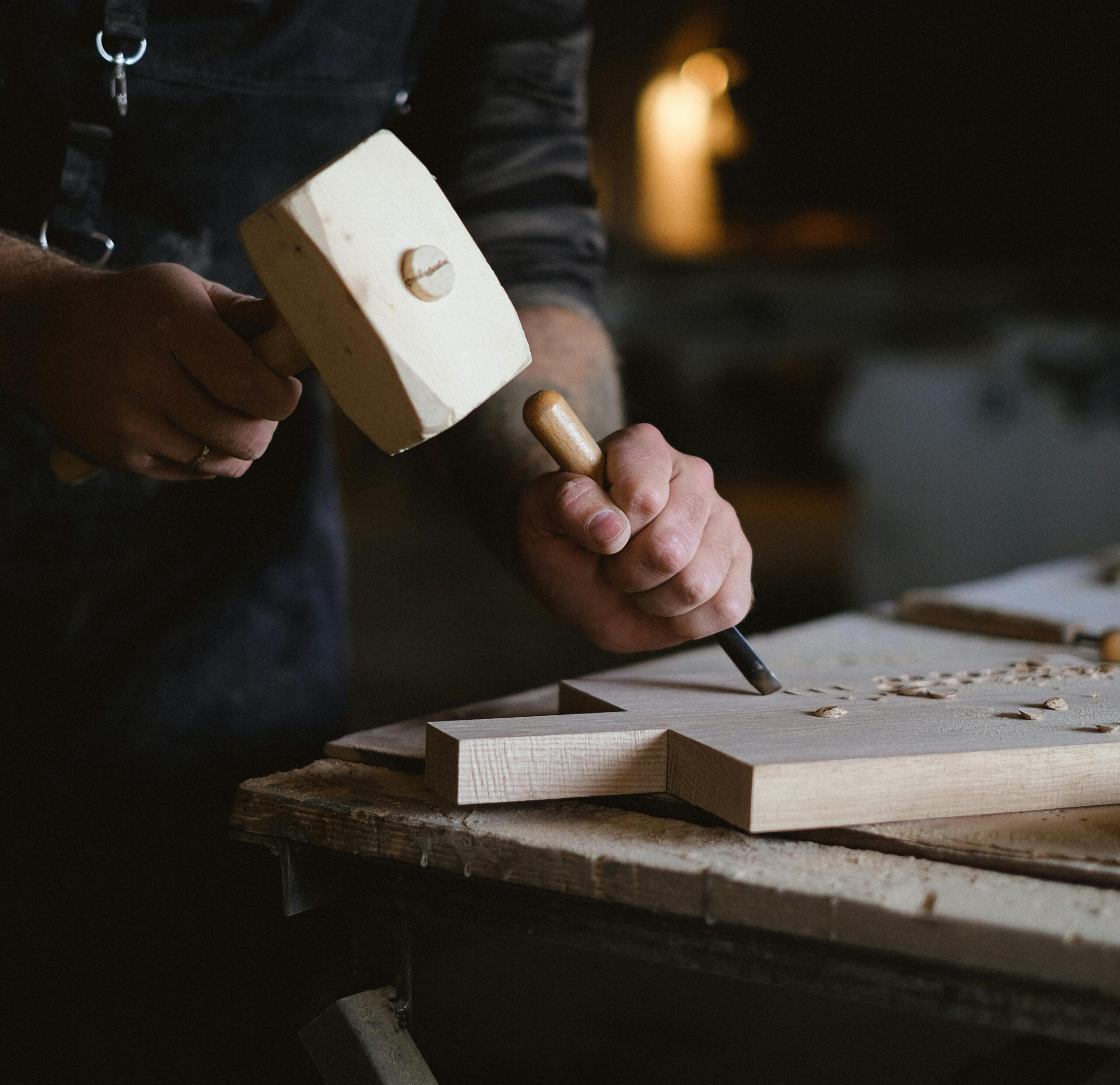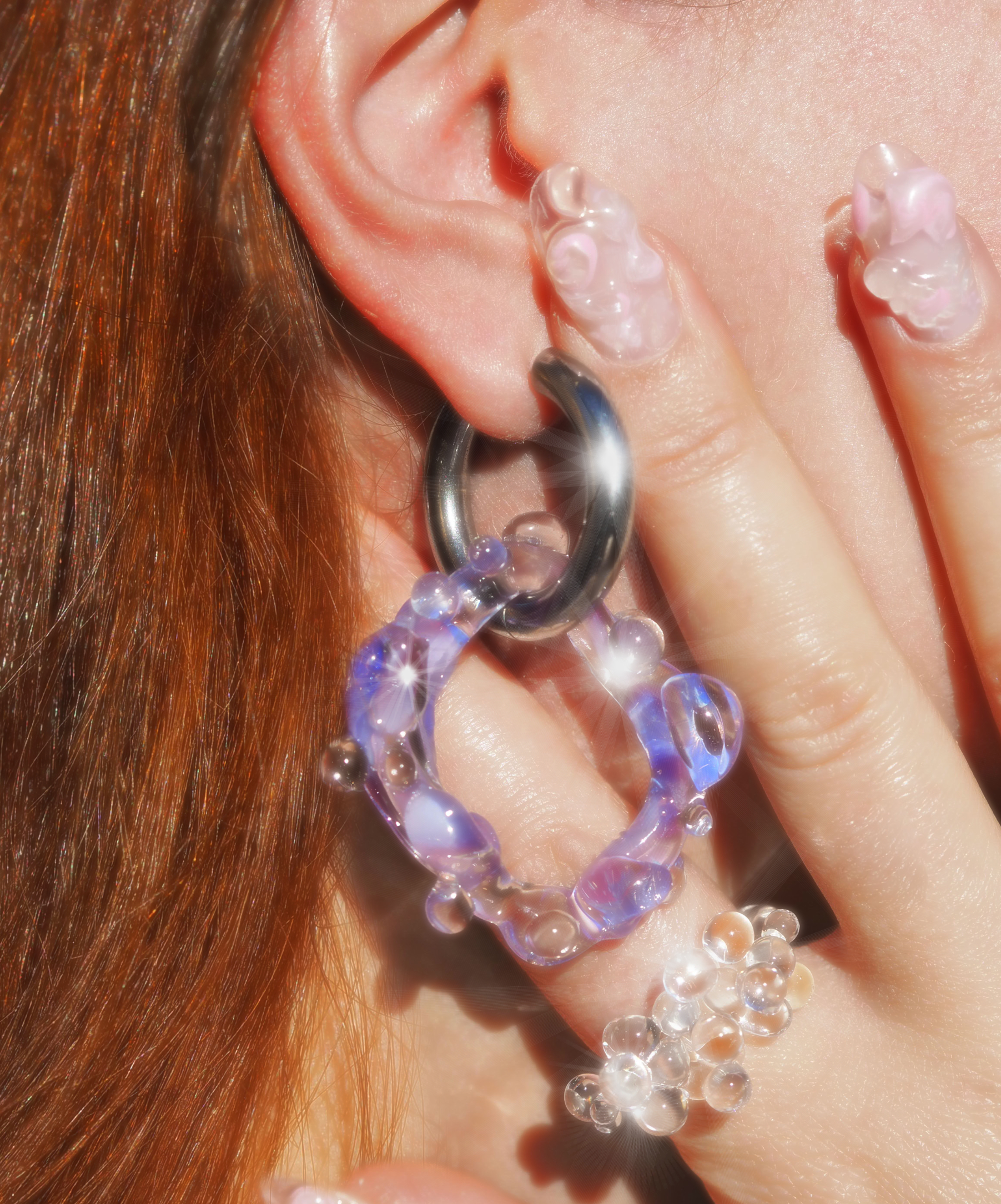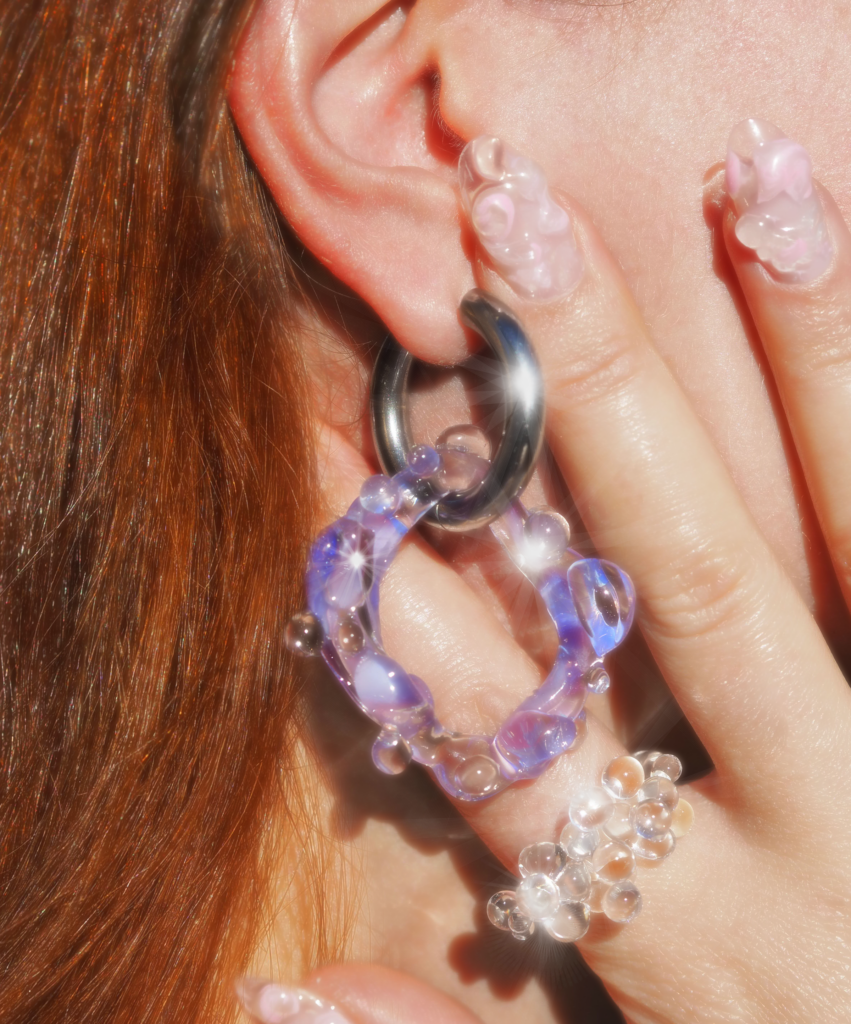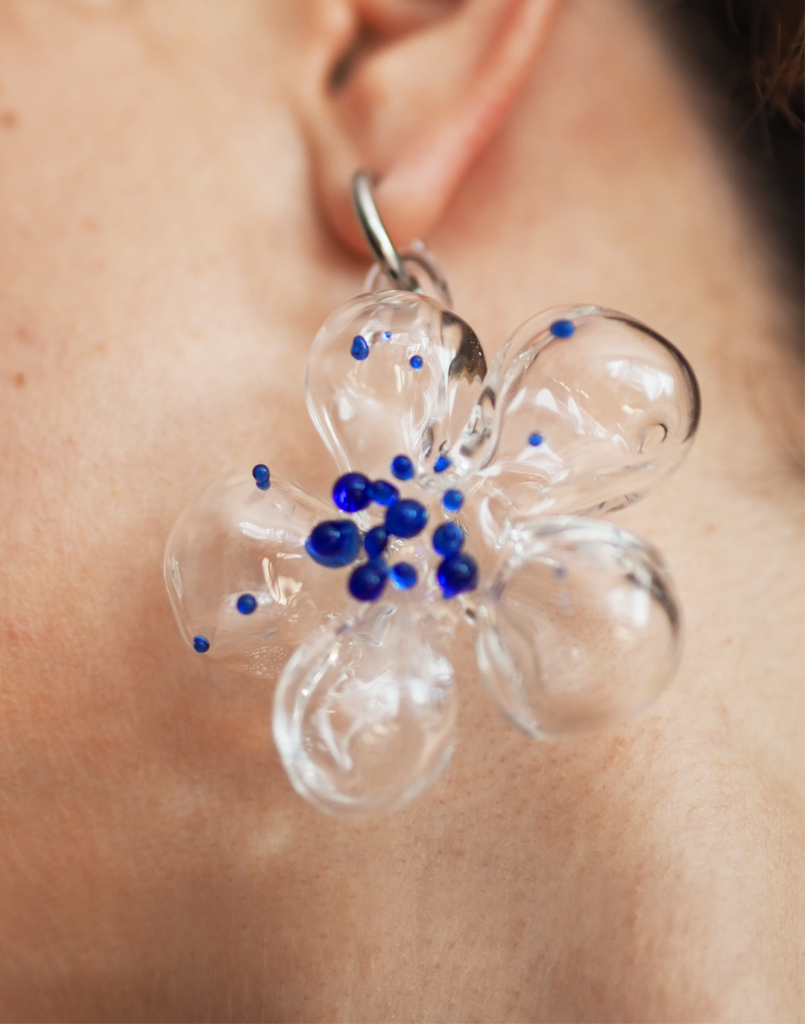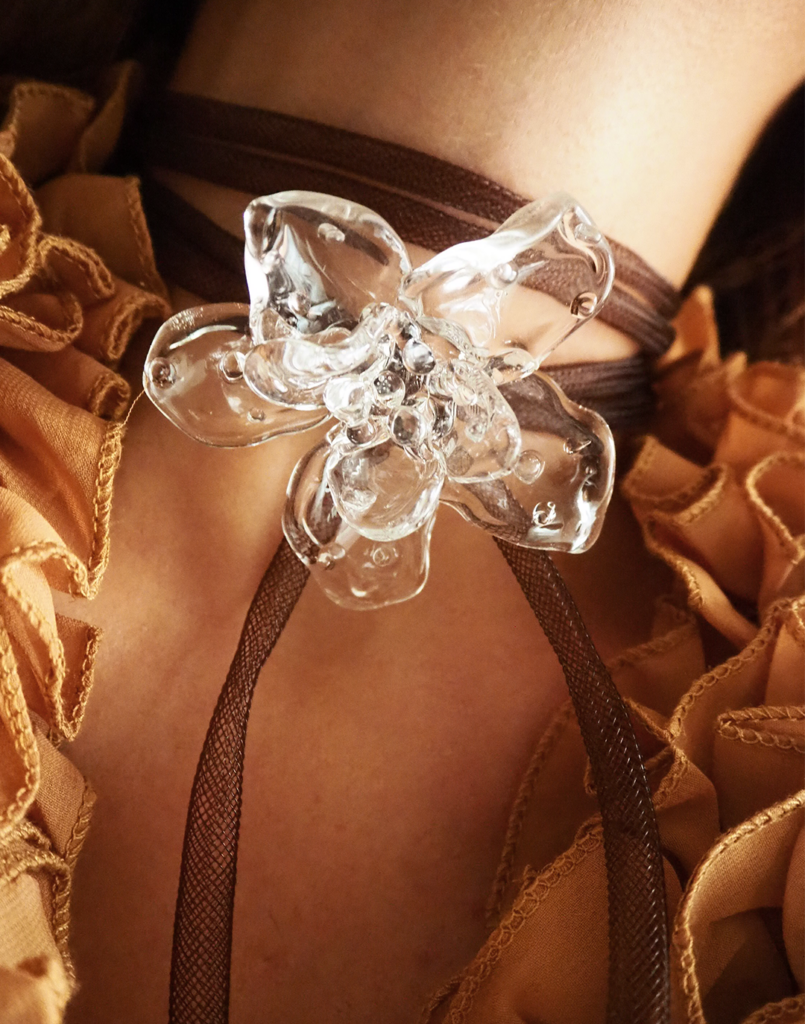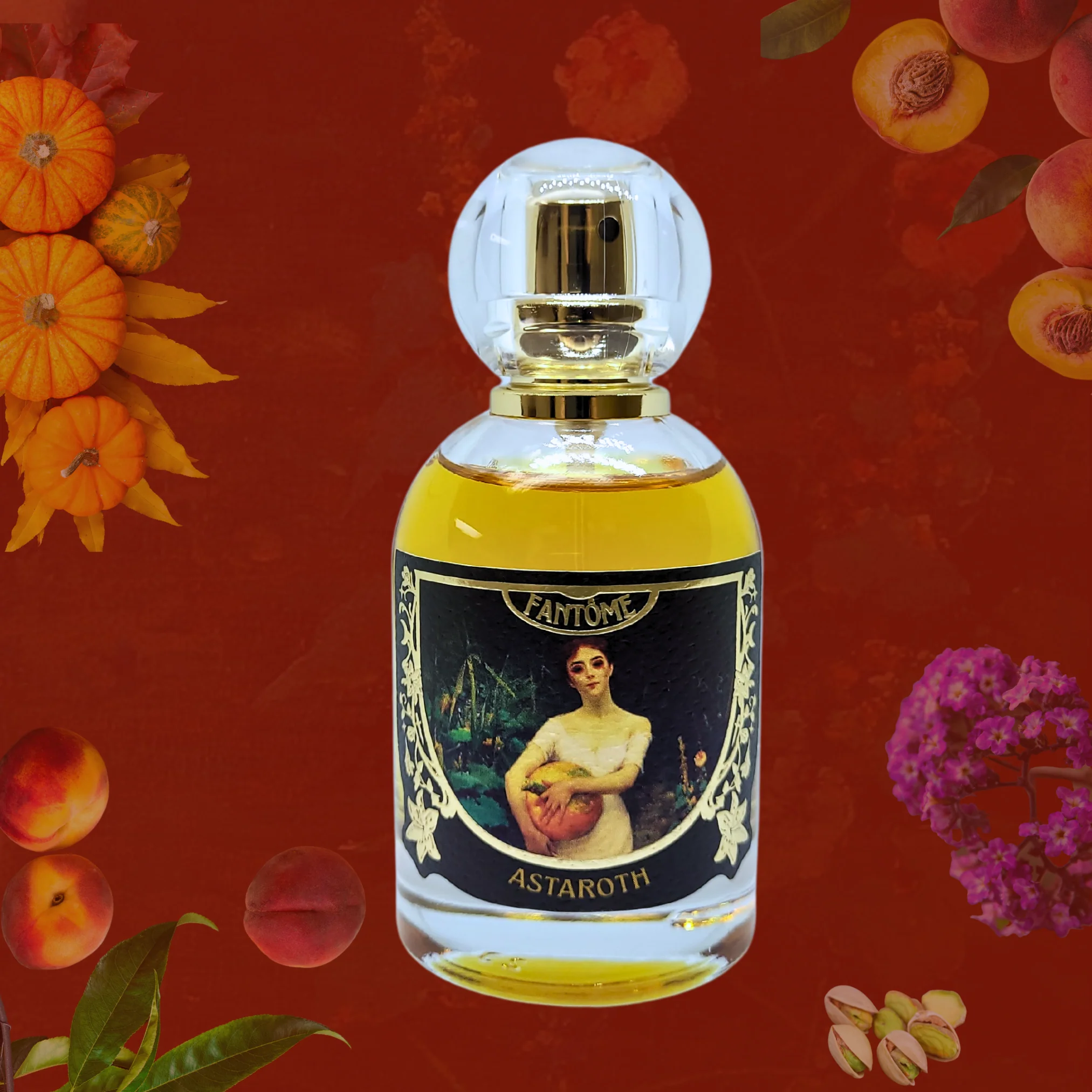Japanese joinery is a traditional woodworking technique that eliminates the use of screws, nails and glue. Instead they are joined together with very precise cuts and fittings. This type of wooden joint has been around for centuries and is known for its strength, beauty and ability to accommodate the movement of wood in different environments.
Influenced by ancient Chinese woodworking techniques that were brought over to Japan, this style of joinery has greatly evolved over centuries to suit Japan’s fluctuating climate and natural resources. Wood was and still is the main used material because it’s durable, easy to work with and easy to get. Where metal for screws and nails was a limited resource back in the day, Japan’s forests offered a range of different types of wood to build with.
Japan is home to numerous temples, houses, and other structures built using traditional woodwork and intricate joinery techniques. Not only buildings, but also a lot of furniture is made using this technique. With Japan suffering from frequent earthquakes, a great advantage of these joints is that it allows buildings to flex and absorb seismic shocks while still remaining strong. Japanese joinery is still used today in both traditional and modern architecture. Some of the world’s oldest wooden buildings are build using this technique.
Now we know it’s functional and durable, but also very stylish. Japanese joinery has gained a lot of attention in other parts of the world, especially among architects and furniture makers who are interested in its precision, sustainability and simple appeal. The Japandi style for example, a mix of Japanese minimalism and Scandinavian functionality, is popular for its clean, harmonious aesthetic. This design style incorporates natural materials, often using natural wood in furniture and the seamlessness of Japanese joints.
If you enjoy working with wood, this could be a valuable technique to incorporate in order to create clean and seamless transitions with wood. There are many types of joinery within this style, some designed to create different angles, others to join several pieces together seamlessly. Some are complex, but there are plenty of beginner-friendly options to get you started, allowing you to progress at your own pace and refine your skills along the way. You don’t have to start with large pieces of furniture either, you can start small by making items such as shelves, cutting boards, planters or stools to practice and experiment with.
There are a bunch of great books that explain all the different types of joints and what they can be used for. A couple of popular ones are The Art Of Japanese Joinery by Kiyosi Seike, or The Complete Guide to Joint-Making by John Bullar. Both of these go into detail about the different types of joints, combined with information about the history of Japanese joinery. If you want to start making furniture immediately with some step-by-step instructions, there is Simple Japanese Furniture by Group Monomono. Another place to get information and inspiration from is online platforms, there are a number of creative people on Instagram who share their process and final products. For inspiration on creative design ideas, Pinterest is a great resource. If you need some more visual guidance, YouTube will help you out.
Whether you’re an experienced woodworker or you want to try some new crafts, Japanese joinery is a sustainable way to expand your skills and create tastefully crafted pieces. The blend of strength, precision and aesthetic simplicity of this centuries-old technique continues to inspire creative makers. By exploring books, online resources and practice, you can start to craft pretty quickly. So why not pick up some wood, try a few simple joints and start creating something you’ll want to brag about?

